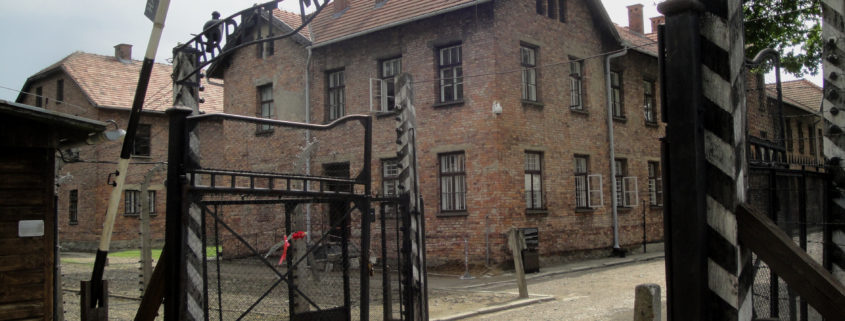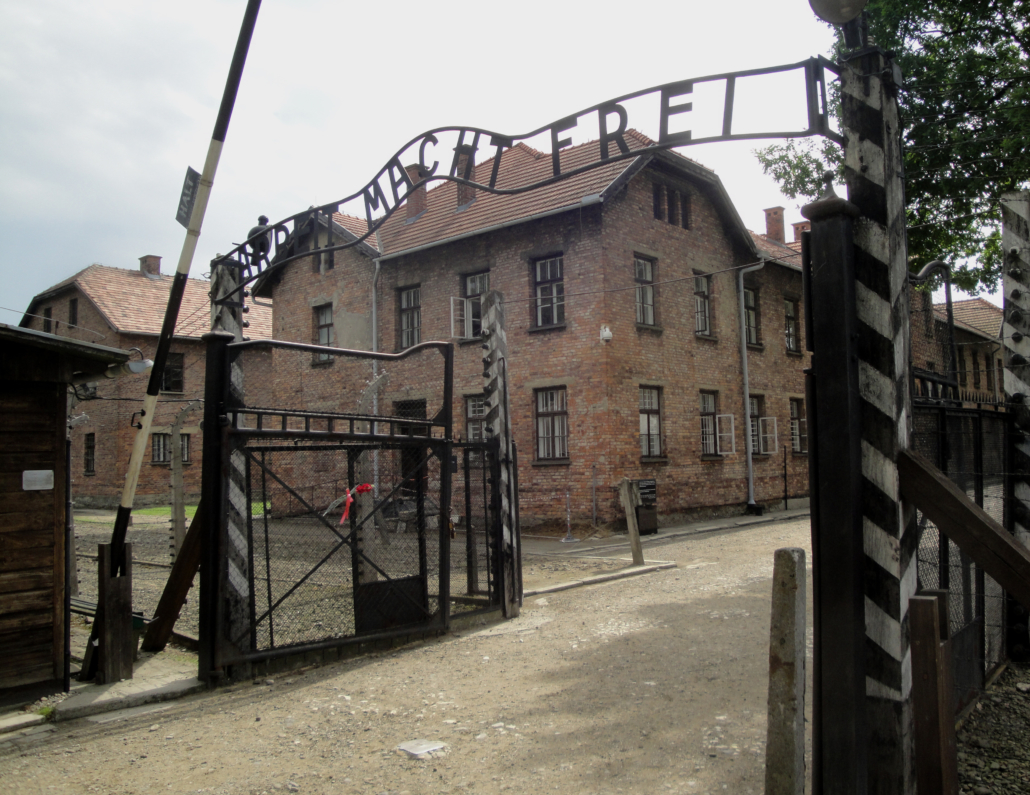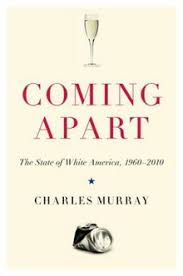 One of the best-selling nonfiction books of 2012 was Charles Murray’s Coming Apart: The State of White America, 1960–2010.[1] It was widely reviewed, including an informative essay by Roger Devlin in this publication.[2] As stated in the subtitle, Murray focused on White Americans, and he saw a growing class divide among this demographic. Paradoxically, by making his study explicitly racial he tried to eliminate race as a factor in his analysis. He wanted to explore “the ways in which America is coming apart at the seams — not seams of race or ethnicity, but class.”[3] He sought to describe this phenomenon but not its causes. “I focus on what happened, not why.”[4]
One of the best-selling nonfiction books of 2012 was Charles Murray’s Coming Apart: The State of White America, 1960–2010.[1] It was widely reviewed, including an informative essay by Roger Devlin in this publication.[2] As stated in the subtitle, Murray focused on White Americans, and he saw a growing class divide among this demographic. Paradoxically, by making his study explicitly racial he tried to eliminate race as a factor in his analysis. He wanted to explore “the ways in which America is coming apart at the seams — not seams of race or ethnicity, but class.”[3] He sought to describe this phenomenon but not its causes. “I focus on what happened, not why.”[4]
According to Murray, America has a new upper class (NUC) consisting of the top 5 percent, although in some of his analysis he includes the top 20 percent. He says he is not writing about the super-rich one percent, or one tenth of one percent. The NUC has benefited economically and socially from technological advances and globalism. It differs from the old upper class which had more in common culturally with the middle and working classes. Murray believes that “the old rich had a different cultural style, but not different cultural content” than the working class,[5] providing this example: “Theodore Roosevelt, scion of an elite New York family, schooled by private tutors, had been raised on the same textbooks [such as the McGuffey Readers] as the children of Ohio famers, Chicago tradesmen, and New England fishermen.”[6] This common culture was made possible, in part, by a common European-American ethnic identity.
On the other end of the spectrum, Murray sees a new lower class (NLC) consists of a segment of the White working class, perhaps 20–25 percent of the total, that has declined socially and economically since the 1960s. This decline is characterized by a large increase in non-marital births, crime, and drug use, and decreasing industriousness, honesty, and religiosity. The weakening of the family structure has been a huge factor because marriage is needed to socialize the next generation.
No one can read Murray’s book without being struck by the profound cultural revolution that began in America in the 1960s, a revolution that is continuing today. This revolution has affected all classes, but its negative impact has been disproportionately on the White working class. Murray believes that starting in the 60s higher education acted as a great sorting machine, selecting and separating high-IQ individuals from the general population. The high-tech economy rewards these individuals with affluence, and they tend to live in the same neighborhoods, work at the same types of jobs, socialize and marry, and usually produce high-IQ children.
This all may seem meritocratic, and beneficial to society, but it is neither wholly meritocratic nor beneficial. SAT scores are often used as a rough measure of intelligence, and students with certain family backgrounds (Murray uses Asians as an example, but Jews would be included also), and students living in the Northeast, are more likely to attend elite institutions than White students living in flyover country with the same SAT scores. This also does not take into account affirmative action admissions of non-Whites or elite foreign youths attending American universities. While Murray implies that the NUC is a product of merit, he admits in an aside that it is not entirely the case.
As a conventional conservative Murray is more comfortable discussing issues of class and culture than race. He reiterates the above quote later in the book. “Our nation is coming apart at the seams — not ethnic seams, but the seams of class.”[7] And again, “We are one nation, indivisible, in terms of whites and people of color. Differences in the fortunes of different ethnic groups persist, but white America is not headed in one direction and nonwhite America in another. We are divisible in terms of class.”[8] Yet Murray agrees with Edward O. Wilson that “the social sciences are increasingly going to be shaped by the findings of biology — specifically, the findings of neuroscientists and geneticists.”[9] And he acknowledges that there will be group differences in outcomes because “they differ genetically in their cognitive, psychological, and physiological profiles.”[10] Unfortunately, Murray’s useful study on an important topic does not put the fate of America’s White working class into a wider racial context, and by his own admission does not deal much with causation. Read more




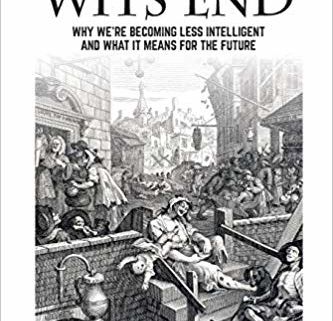
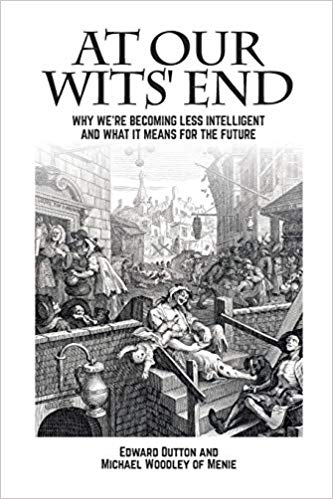
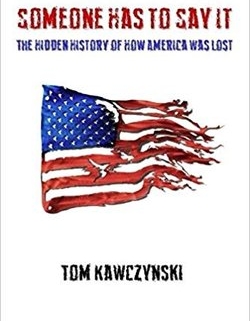
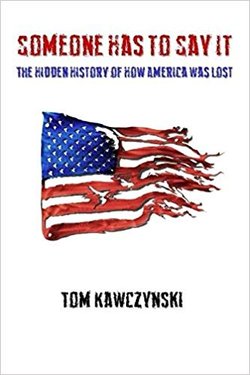 Exactly one year ago from the date we started this interview on January 19, Tom Kawczynski was attacked by the national media for daring to work while White. Because the town’s board of selectman was unable to stand-up to the media’s intense bullying of Mr. Kawczynski for simply stating the obvious — that Whites should have the same right as all other groups to work together to protect, and even advance, their collective interests — he was forced to resign from his position as the town manager of Jackman, a small rural community in western Maine.
Exactly one year ago from the date we started this interview on January 19, Tom Kawczynski was attacked by the national media for daring to work while White. Because the town’s board of selectman was unable to stand-up to the media’s intense bullying of Mr. Kawczynski for simply stating the obvious — that Whites should have the same right as all other groups to work together to protect, and even advance, their collective interests — he was forced to resign from his position as the town manager of Jackman, a small rural community in western Maine.
